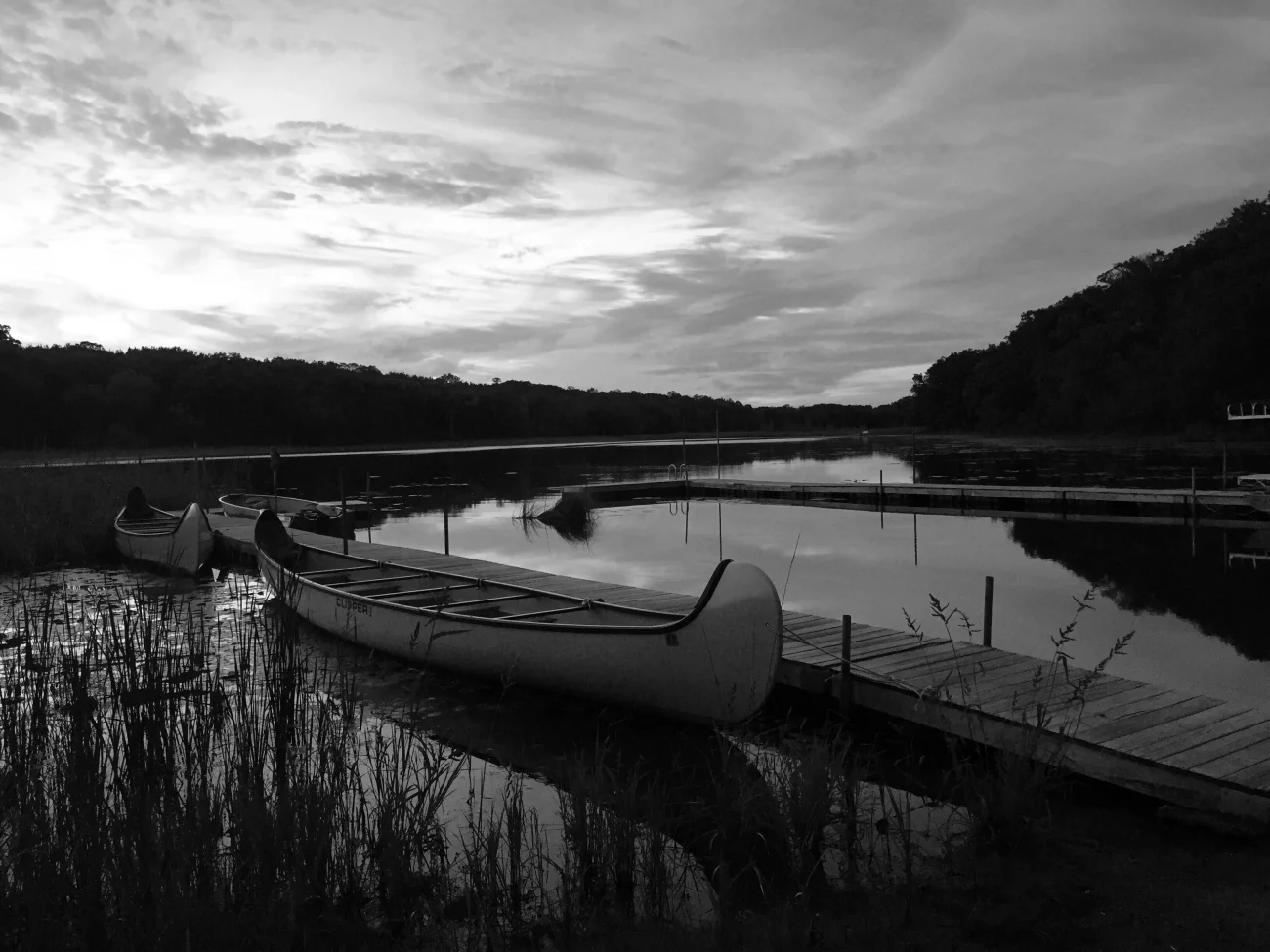
Managing for Results
16. Repurpose for Results
Does the state shift funding away from ineffective programs?
Pennsylvania
Leading Example
Since 2013, the Pennsylvania Department of Corrections has set performance targets for its community corrections program through performance-based contracts. Providers who meet recidivism prevention goals receive a 1% increase in their rate, while providers who fail to meet targets for two consecutive years can have their contracts terminated. Following the introduction of these performance goals, the program’s recidivism rate dropped by 11.3% in 2014, another 16% in 2015, and an additional 11% in 2016. In 2018, the Commonwealth Foundation’s report on criminal justice reform in Pennsylvania recommended expanding the program to other areas based on these results.
Issue Areas: Criminal Justice
Promising Examples

Minnesota
Minnesota
A 2014 Minnesota law (subdivision 7) requires the Minnesota Department of Human Services to use the Self-Support Index to monitor each county’s performance in assisting clients to become self-sufficient. Counties that meet performance targets receive a 2.5% bonus payment from the state, and counties that perform below the expected target must submit a performance improvement plan. In counties where “no improvement is shown by the end of the multi-year plan, the county or tribe’s allocation must be decreased by 2.5%” (Section 256J.626(7)(a)(2).)
A 2016 Minnesota law (Section 14, line 15.21) allows the state to use the savings achieved from reducing the sentences of minor drug offenders for evidence-based drug and mental health treatments for offenders still in prison or under supervised release. The evidence to support this law comes from the Department of Corrections’ own research, which found that providing offenders drug treatment reduces recidivism rates.
Issue Areas: Criminal Justice, Economic Mobility

North Carolina
North Carolina
Juvenile Crime Prevention Councils (JCPC) exist in all 100 North Carolina counties in order to direct funding to programs that address the localized risks and needs identified for youth in that community. Reviews of program outcomes and performance (including successful completion of programming) include program monitoring, standardized program evaluation protocol, quality of service scoring through comprehensive review of data and program practices, and quarterly reporting. Egregious issues are addressed with corrective requests (including Program Enhancement Plans) or funding cessation. Trends and non-performance are addressed by informing the JCPC so that they may better be able to make use of state funding by allocating funds to other programming sources. The section is moving toward performance-based contracts for state-contracted services.
Program evaluations at the North Carolina Department of Public Instruction provide evidence of the programs’ successes and areas for growth. The programs that continue beyond the initial phase are amended based on the results of the evaluation.
Issue Areas: Criminal Justice, Economic Mobility, Education

New Mexico
New Mexico
In New Mexico, a Pew Charitable Trusts report cited an example where a cost-benefit analysis revealed a program was not generating cost-savings. The report stated that the New Mexico Corrections Department program inventory, conducted in 2012, “found that fewer than 10 of the more than 40 programs studied were evidence-based.” Further, “the department’s drug abuse prevention programs, Therapeutic Communities, was not operating according to its evidence-based design and, as a result, was not achieving desired outcomes. The department subsequently replaced the program with an alternative, Residential Drug Abuse Treatment, that the Results First analysis showed would generate a return of $4 in benefits for every $1 invested.”
